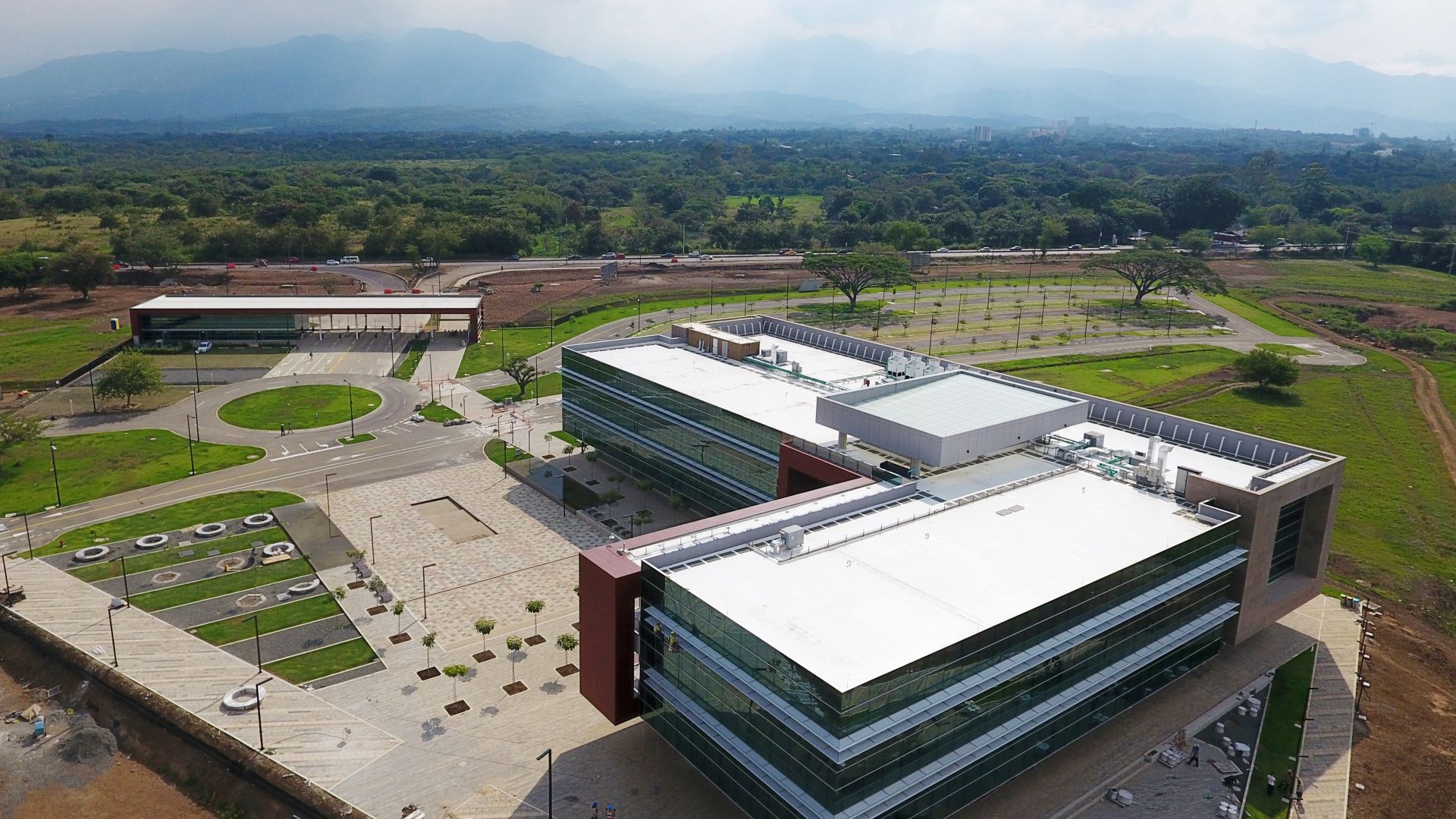Enhancing Customer Value, Reducing Environmental Impacts, and Assuming Social Responsibility
Sustainability has been at the core of Sika’s business ever since. More than ten years ago, the company started to align its sustainability strategy along environmental, social and governance (ESG) considerations. Sika commits itself to genuinely sustainable added value along the entire value chain and strives for aligning operations and strategies with the universally accepted principles in the areas of human rights, labor, environment and anti-corruption established by the United Nations Global Compact Initiative.
The company honors its responsibilities by offering sustainable solutions for energy-efficient constructions and environmentally friendly vehicles. It also implements numerous projects and measures aimed at boosting the Group’s business, social, and environmental sustainability.
Sustainability Strategy
Sika is committed to continuously measure, improve, and report sustainable value creation. The six strategic targets focus on sustainable solutions, climate performance, local communities/society, energy, water/waste, and occupational safety. Sustainability is one of Sika's key strategic pillars that is used as a competitive advantage to benefit all stakeholders.
Sustainable Solutions
Sika’s objective centers on supplying customers with innovative solutions that boost the efficiency, durability and aesthetic appeal of buildings, infrastructure constructions, installations and vehicles. Sika solutions are developed to help customers to make a positive environmental impact, or to address climate-related concerns.
Triple Bottom Line Sustainability Framework
John Elkington began to measure sustainability during the mid-1990s by encompassing a new framework to measure performance. This accounting framework, called the triple bottom line (TBL), went beyond the traditional categories of profit, return on investment, and shareholder value to include environmental and social dimensions. For Sika, the economical, social and environmental dimensions of reporting support sustainability goals.
Economic Dimension
Sika takes a long-term perspective on the development of the business. Sustainability is a key component of the company's innovation drive. For buildings and industrial applications Sika enhances durability and improves both energy and material efficiency.
Environmental Dimension
Efficient use of energy and natural resources are crucial to sustainable development. Sika aims to minimize the impact on climate change by reducing energy consumption, with the positive effect of lowering costs and increasing competitiveness.
Social Dimension
Social responsibility is a necessary component of success. Mindful of its obligations, Sika actively engages in sustainable and humanitarian development projects, either as a member of international organizations, or directly on the spot.

